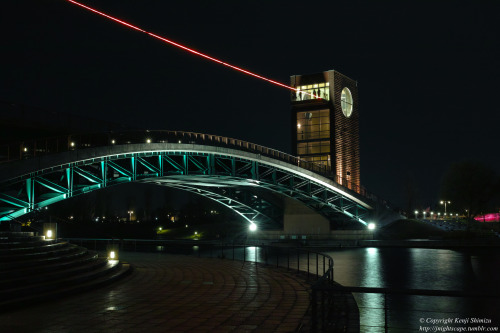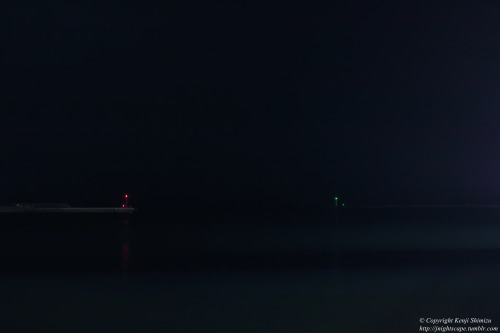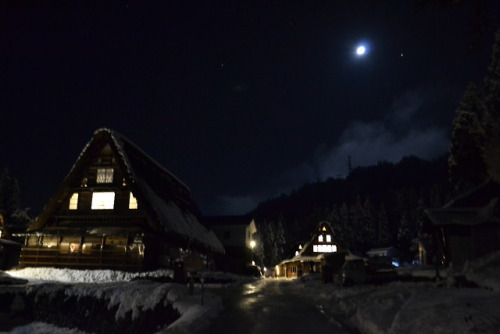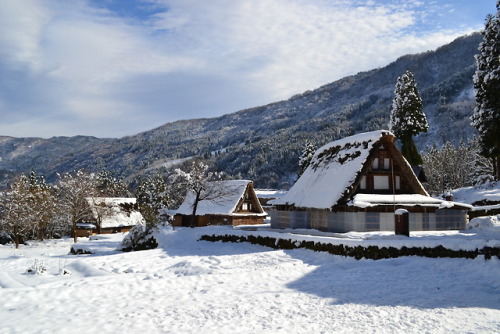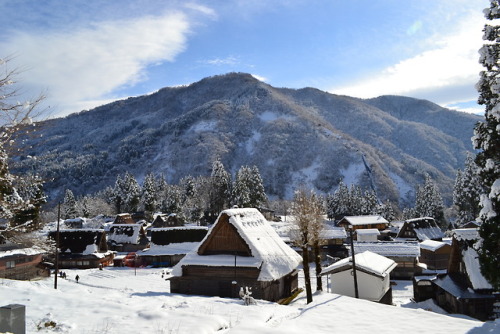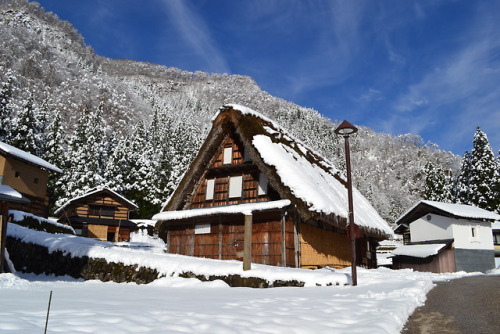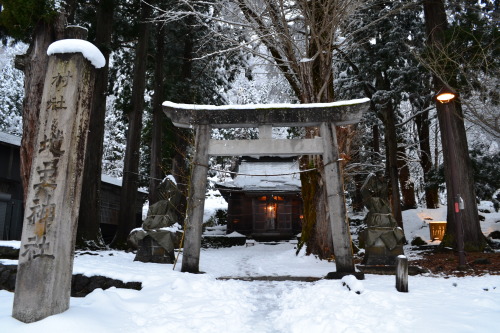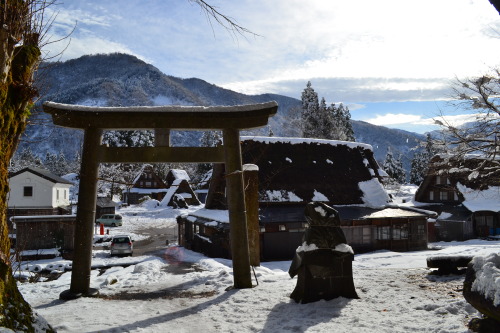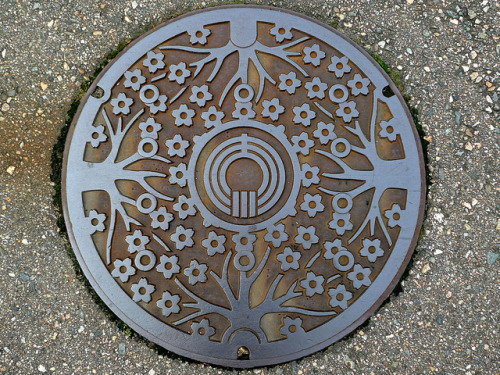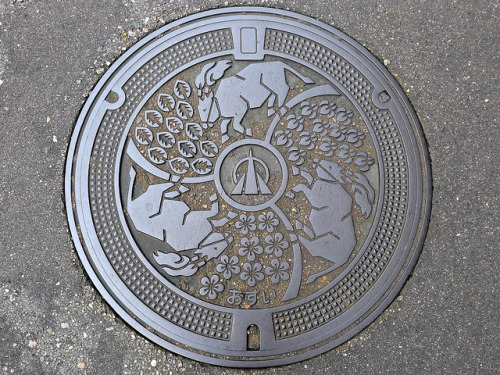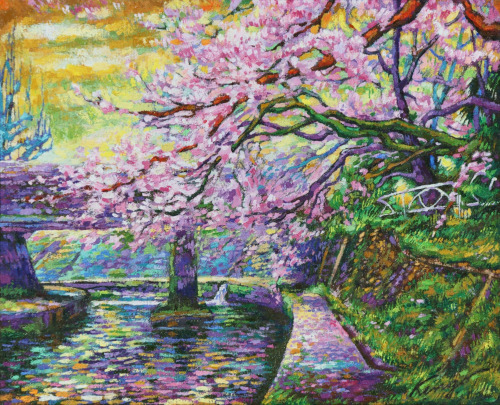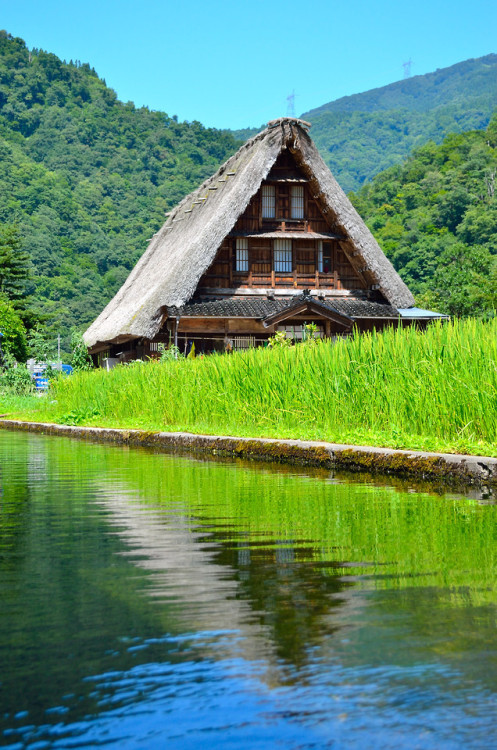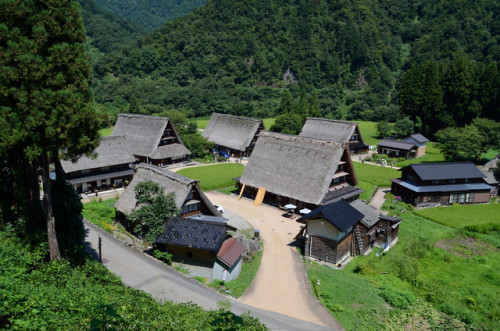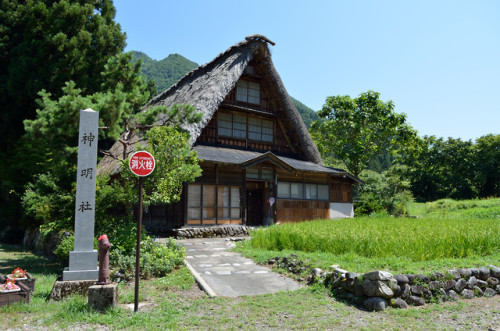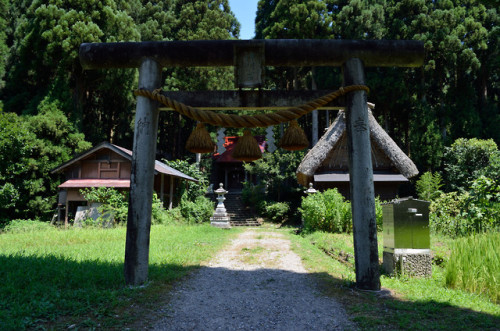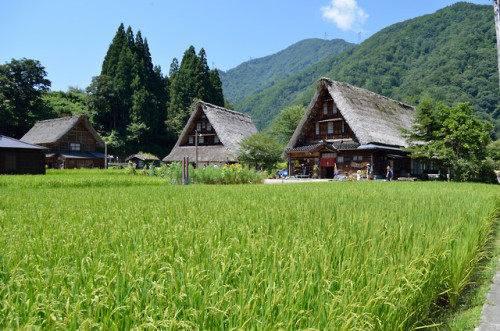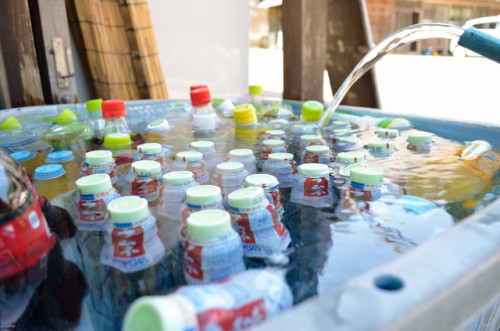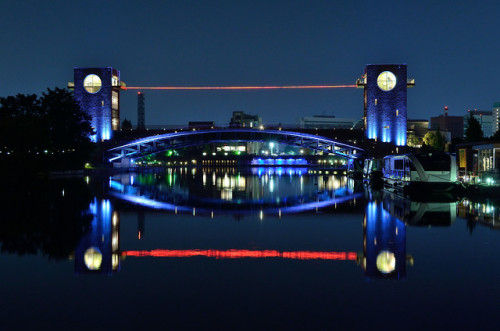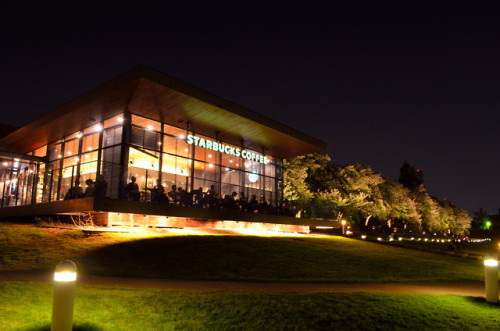#toyama
五箇山の相倉 (富山県南砺市)
Ainokura Village in Gokayama (Nanto-shi, Toyama Prefecture)
While lesser known than it’s ultra famous neighbor Shirakawago in Gifu Prefecture, Gokayama offers a bit more of a relaxed atmosphere with arguably just as beautiful scenery. Like Shirakawago, Gokayama was also certified as a UNESCO World Heritage Site in 1995 for it’s well-maintained gassho zukuri houses. Gokayama has two villages of gassho zukuri houses, the larger being Ainokura and the smaller Suganuma.
I found out about Gokayama through an advertisement on a train in Tokyo (in Japanese). Since I had known about Shirakawago for a while, I was intrigued as to why Gokayama wasn’t as popular. While still somewhat of a tourist destination, Gokayama has received less media exposure and tourism resources geared to foreign travelers are still more limited compared to Shirakawago. After some research I found that this is mostly due to the fact the gassho zukuri villages of Gokayama are significantly smaller than Ogimachi, the village in Shirakawago popular with tourists. Gokayama also offers less in terms of accomodation, restaurants, and things to do in general.
Despite its smaller size compared to Shirakawago, I prefer the atmosphere of the Ainokura village in Gokayama. Don’t get me wrong. Shirakawago is breathtaking and I would argue the panoramic view of Ogimachi is far more superb than the one in Ainokura. However, Shirakawago can get congested with tourists taking photos which can take away from the natural atmosphere. If you have more than a day to spend in the area, I would recommend visiting both because the villages of Ogimachi in Shirakawago and Ainokura in Gokayama are within an hour’s bus ride. Thankfully my fiance and I had a weekend to spend and we got to enjoy both areas in all their beauty.
Let me know if you have been or are planning to go to either Shirakawago or Gokayama and what you think!
For more info and pictures of Shirakawago check out my Shirakawago post.
Post link
地主神社 (富山県南砺市相倉)
Jinushi Shrine at different times of the day (Ainokura, Nanto-shi, Toyama Prefecture, Japan)
Post link
Fire Ceremony, 2020, Oil on Canvas, 22x27.3cm (F3)
In the summer festival, the dozens of small boats from each village, which carry the fire cotton balls in oil, flow on the river. With the sounds of flutes and drums, the thousands of fire gods pour into the sea.
Post link



Tateyama Shinko refers to a kind of mountain worship practiced around the Tateyama mountain range in Toyama Prefecture, where the harsh conditions on the slopes of (Mt.) Tateyama were believed to reflect Buddhist visions of hell.
Pilgrimages to the mountain were believed to lead to the rewards of a heaven-like realm that existed beyond the harsh climb, somewhere beyond the clouds floating above the mountain’s Oyama Peak.
Oyama Shrine is a key symbol and place of worship for followers of Tateyama Shinko.
The main shrine is located near the summit of Tateyama’s main Oyama Peak, at an altitude of around 3,000 m. Needles to say, the branch of Oyama Shrine - Maedate-shadan - has easier access, near the banks of the Joganji River almost within touching distance of Toyama City’s urban sprawl. Where these photos were taken in November 2021.
https://www.city-cost.com/blogs/City-Cost/GQKZ3-living_tateyama_machi_toyama








Ginkgo row of trees









The arrival of autumn









Toyama dusk










Castle in the sky






summer mountaineering






Toyama Street










Air travel










End of the day






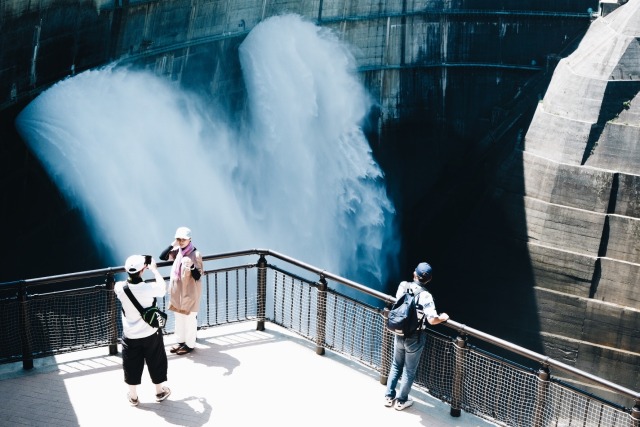



Kurobe Dam










Mountaineering










Blue sea in summer







Summer dusk







Railroad story









Toyama Street










Fresh green








Uchikawa










Sunday of June
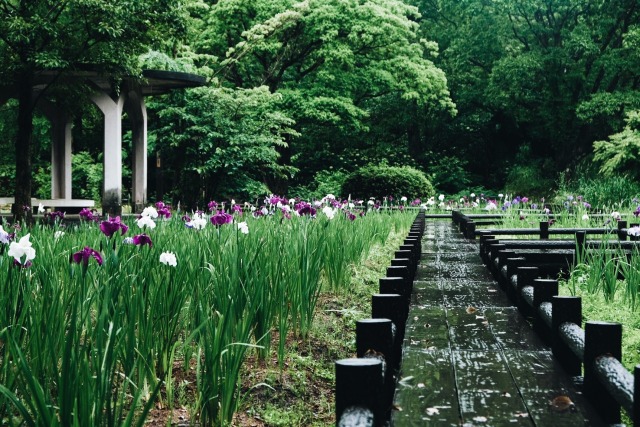









June rain







hydrangea










Way home

